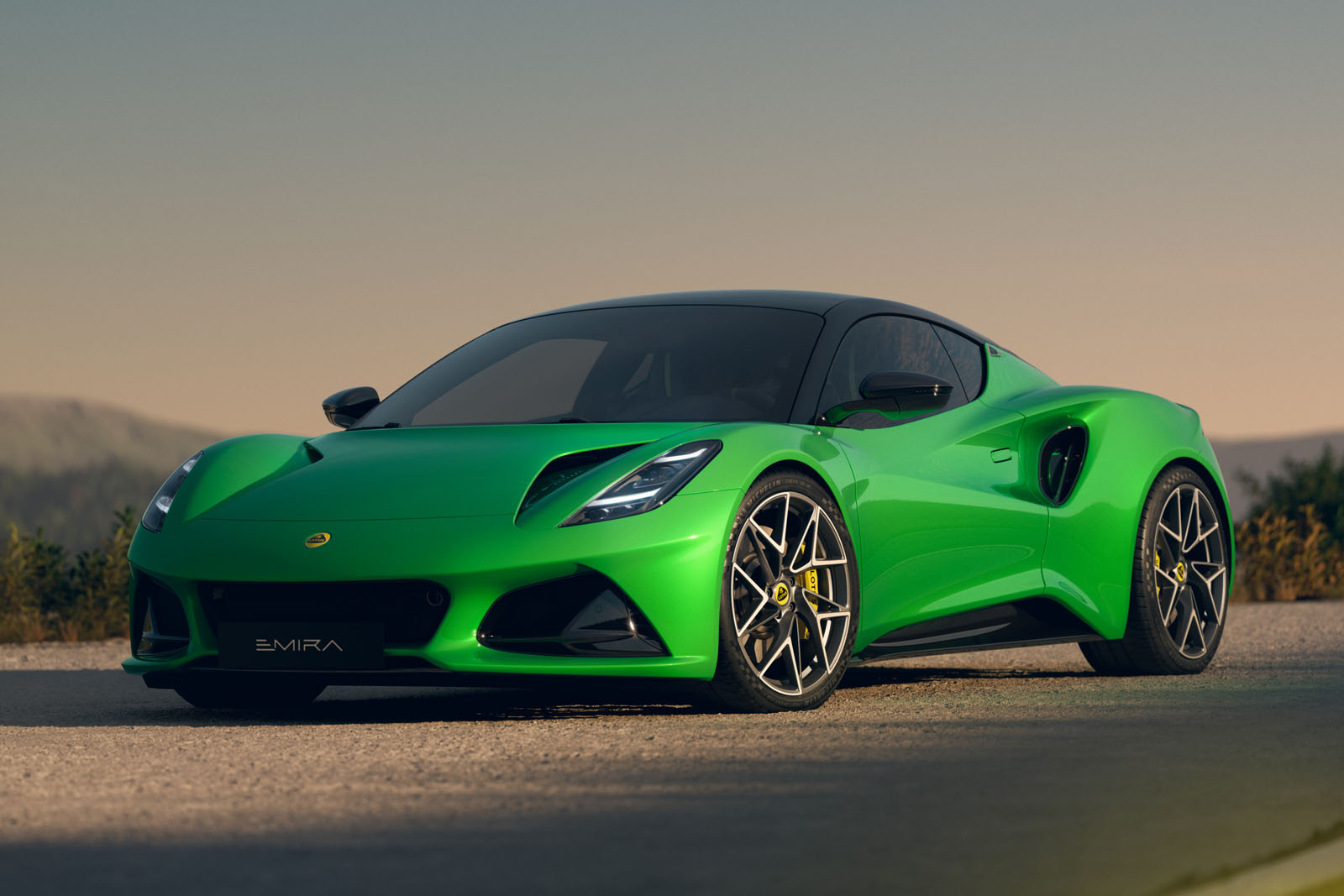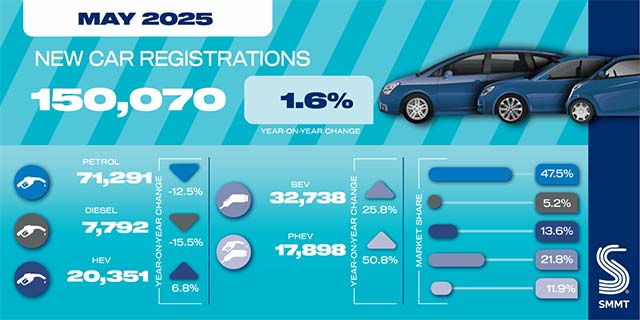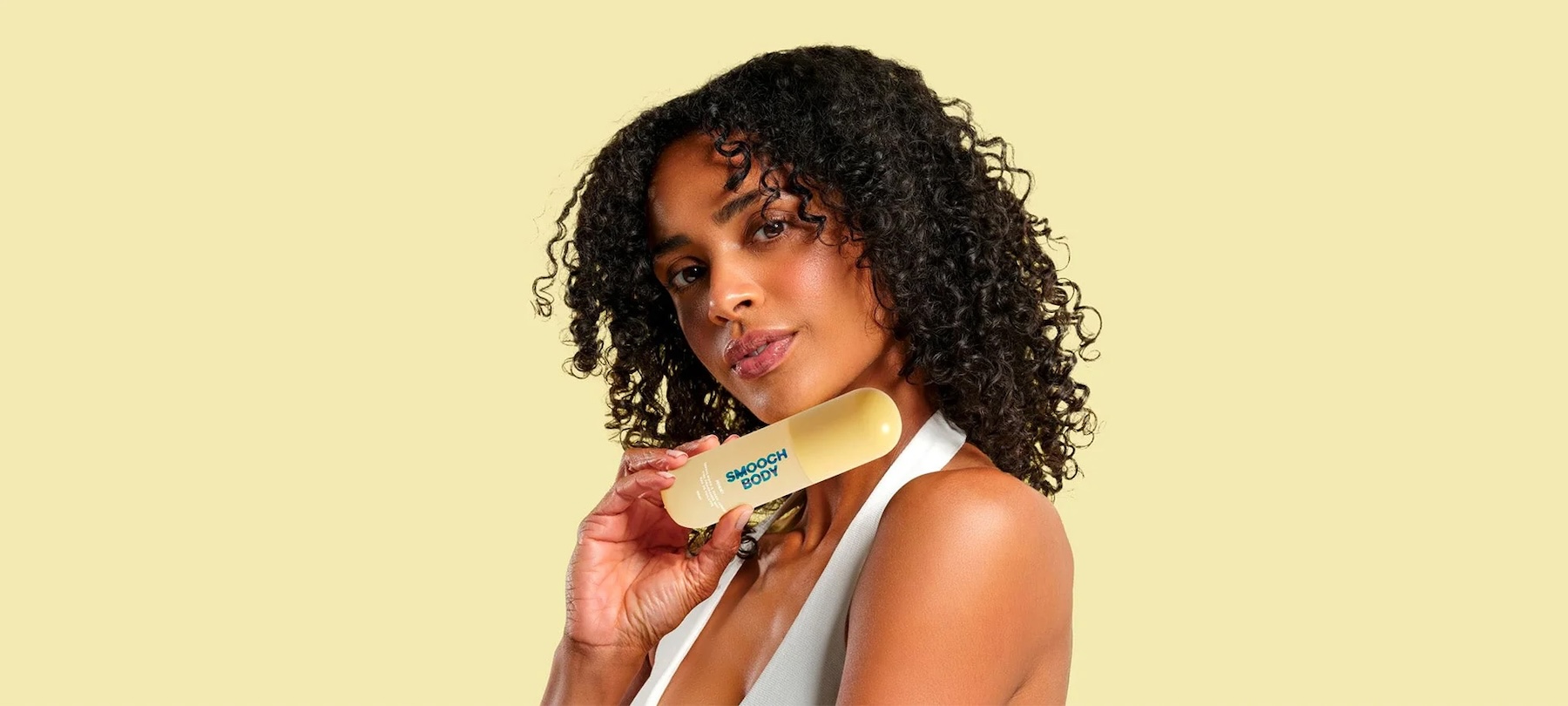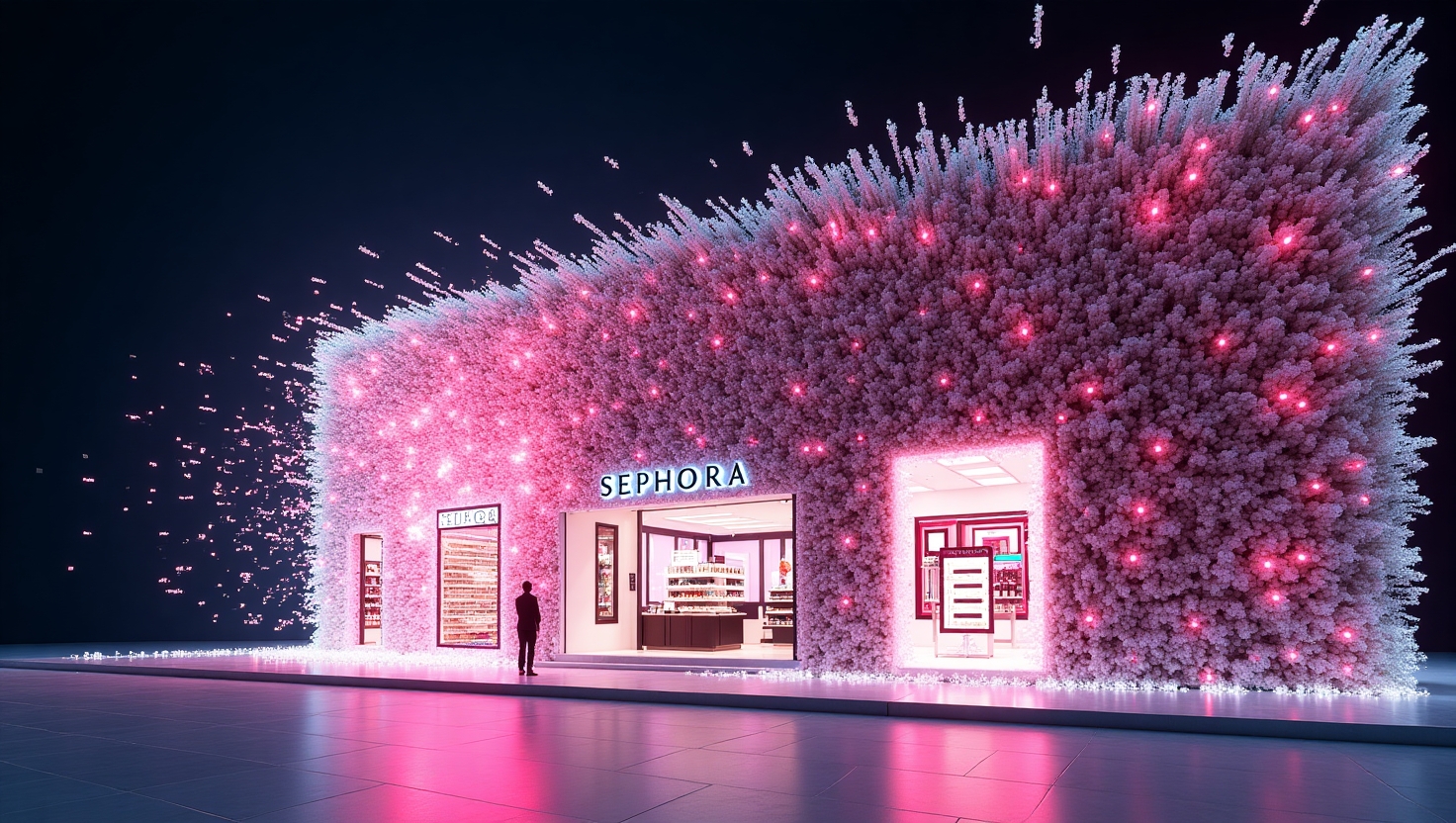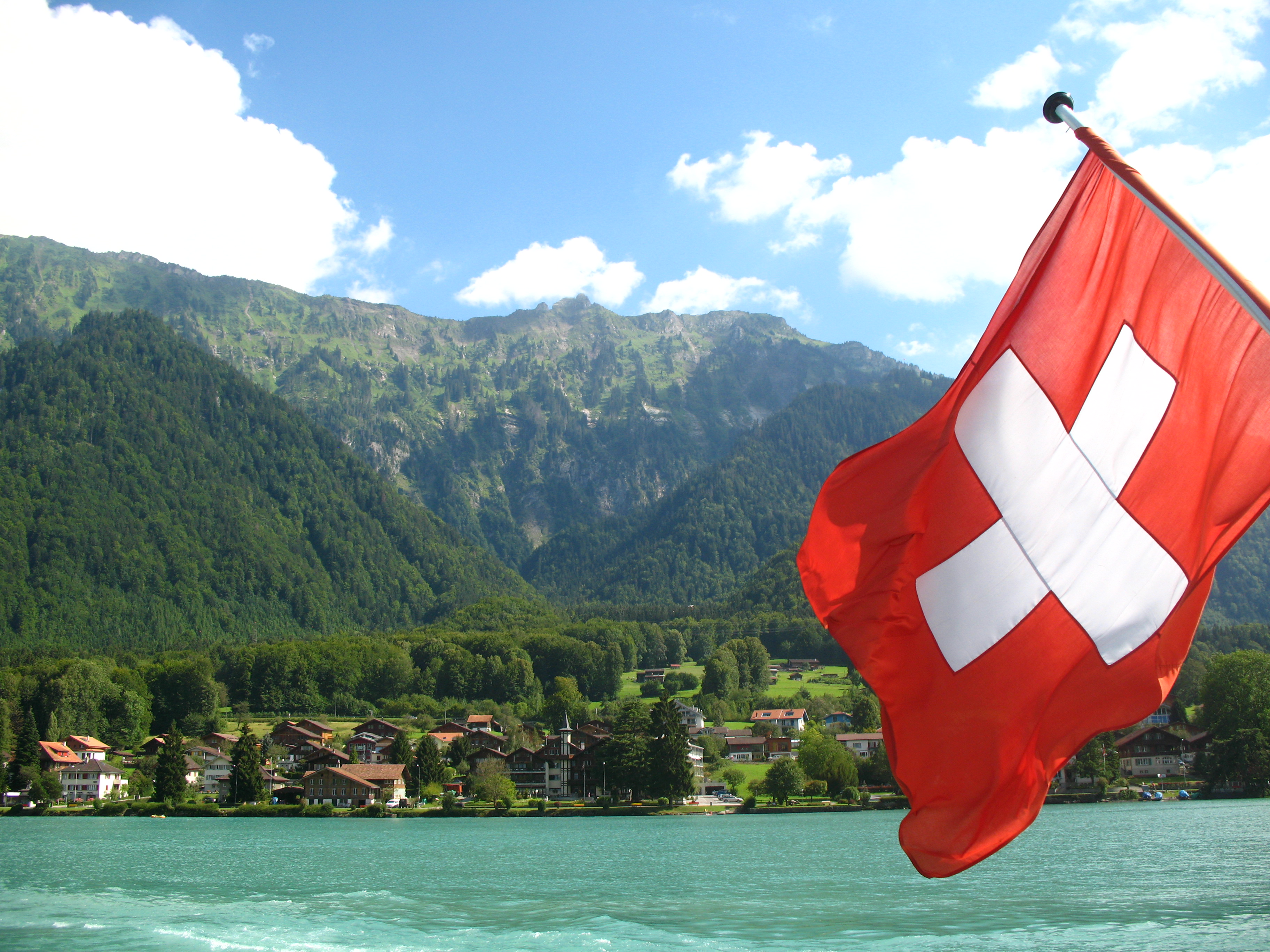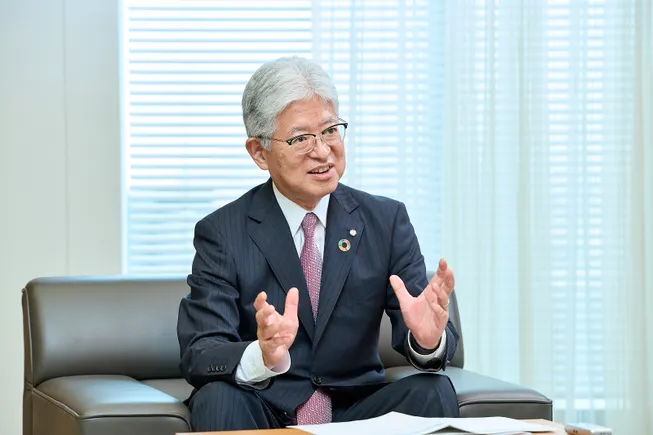If a picture is worth a thousand words, then it makes sense more New World wineries are creating bottles with designer label treatments. Rebecca Lo looks into the role of the label in telling a wine's story.

It may be argued that the information on a bottle of wine is its calling card. While a label must state basic information about its contents, there is room for much more. In an increasingly competitive market, do bold bottles have an edge when it comes to capturing the attention of a sommelier sourcing products online?
Dirk Dalichau, general manager at the Mondrian Hong Kong hotel, compared graphics-driven wine labels to the 1997 ethnic tailfin treatment on British Airways’ fleet. Part of a £60 million rebrand, the colourful concept was cancelled after just two years as many — particularly business travellers — sniffed it was like the graffiti preferred by the flagship’s budget competitors.
Not anymore. “Wineries have to change since audiences are changing,” the German native observed. “Sommeliers look at photos when they pick wines. A bottle has to be recognisable and searchable over a smart phone. Younger and New World winemakers are much smarter and quicker to communicate their products than Old World ones.”
Sommelier Kenneth Wong at Mondrian Hong Kong presented a bottle of Catena Zapata Malbec Argentino 2022, enthusiastically launching into why a quartet of black and white ladies graces the wrap-around label. The premier vintage from Bodega Catena comes from ancient vines and sells at the hotel for HK$1,880 (£177) per bottle through its restaurants Carna by Dario Cecchini and Avoca.
“This is our top Malbec label,” Wong said. “Each lady on the label references a different period in Argentina’s wine history: from its beginnings to disease to rebirth. The skeletal figure represents European vines ravaged by phylloxera in the 19th century, prompting winemakers bringing their expertise to South America. I share these stories as guests taste the wine.”
As wine becomes more accessible, clever winemakers know that they need to stand out if they wish to reach IG-driven consumers. John Retsas, founder and director of Barossa Valley-based First Drop Wines, represented in Hong Kong by Alcohood, described his Mother’s Milk Shiraz 2024 as rich, elegant and polished. Its corresponding label is about making a statement. Designed like a comic strip with black and white panels below crimson lettering, the images hint that it contains something unexpected.
“You mostly see creative label work in the New World where there’s more flexibility to break away from tradition,” explained Retsas, “or from younger producers and brands with a strong design or lifestyle angle to lead the way. It’s often more prevalent with blends or easy drinking wines, where the story and visual appeal play a bigger role in consumer choice.”
First Drop’s
label development originates with a theme to reflect a wine’s character. Retsas then works with the right designer to visually express that, sometimes allowing free rein and other times restricting images to specific ideas. “When the design connects, it becomes part of the wine’s identity and resonates with people far beyond just the bottle. As digital engagement grows, we might see more interactivity or tech-driven label innovations.”
Retsas argued that arresting labels can drive sales, and it is more apparent in competitive markets or digital platforms. “We’ve found they work well with younger consumers or those newer to wine,” he said. “But at the end of the day, it’s the wine inside that brings people back. Quality earns that second bottle.”
“Of course a wine is about its taste,” agreed Dalichau. “But with storytelling part of the wine experience in our restaurants, a good looking label is part of the package. Every aspect of a guest’s journey with the wine has to match its taste. That’s what people remember. Afterwards, their photo of the label reminds them to order it again.”

 It may be argued that the information on a bottle of wine is its calling card. While a label must state basic information about its contents, there is room for much more. In an increasingly competitive market, do bold bottles have an edge when it comes to capturing the attention of a sommelier sourcing products online?
Dirk Dalichau, general manager at the Mondrian Hong Kong hotel, compared graphics-driven wine labels to the 1997 ethnic tailfin treatment on British Airways’ fleet. Part of a £60 million rebrand, the colourful concept was cancelled after just two years as many — particularly business travellers — sniffed it was like the graffiti preferred by the flagship’s budget competitors.
Not anymore. “Wineries have to change since audiences are changing,” the German native observed. “Sommeliers look at photos when they pick wines. A bottle has to be recognisable and searchable over a smart phone. Younger and New World winemakers are much smarter and quicker to communicate their products than Old World ones.”
Sommelier Kenneth Wong at Mondrian Hong Kong presented a bottle of Catena Zapata Malbec Argentino 2022, enthusiastically launching into why a quartet of black and white ladies graces the wrap-around label. The premier vintage from Bodega Catena comes from ancient vines and sells at the hotel for HK$1,880 (£177) per bottle through its restaurants Carna by Dario Cecchini and Avoca.
“This is our top Malbec label,” Wong said. “Each lady on the label references a different period in Argentina’s wine history: from its beginnings to disease to rebirth. The skeletal figure represents European vines ravaged by phylloxera in the 19th century, prompting winemakers bringing their expertise to South America. I share these stories as guests taste the wine.”
As wine becomes more accessible, clever winemakers know that they need to stand out if they wish to reach IG-driven consumers. John Retsas, founder and director of Barossa Valley-based First Drop Wines, represented in Hong Kong by Alcohood, described his Mother’s Milk Shiraz 2024 as rich, elegant and polished. Its corresponding label is about making a statement. Designed like a comic strip with black and white panels below crimson lettering, the images hint that it contains something unexpected.
“You mostly see creative label work in the New World where there’s more flexibility to break away from tradition,” explained Retsas, “or from younger producers and brands with a strong design or lifestyle angle to lead the way. It’s often more prevalent with blends or easy drinking wines, where the story and visual appeal play a bigger role in consumer choice.”
First Drop’s label development originates with a theme to reflect a wine’s character. Retsas then works with the right designer to visually express that, sometimes allowing free rein and other times restricting images to specific ideas. “When the design connects, it becomes part of the wine’s identity and resonates with people far beyond just the bottle. As digital engagement grows, we might see more interactivity or tech-driven label innovations.”
Retsas argued that arresting labels can drive sales, and it is more apparent in competitive markets or digital platforms. “We’ve found they work well with younger consumers or those newer to wine,” he said. “But at the end of the day, it’s the wine inside that brings people back. Quality earns that second bottle.”
“Of course a wine is about its taste,” agreed Dalichau. “But with storytelling part of the wine experience in our restaurants, a good looking label is part of the package. Every aspect of a guest’s journey with the wine has to match its taste. That’s what people remember. Afterwards, their photo of the label reminds them to order it again.”
It may be argued that the information on a bottle of wine is its calling card. While a label must state basic information about its contents, there is room for much more. In an increasingly competitive market, do bold bottles have an edge when it comes to capturing the attention of a sommelier sourcing products online?
Dirk Dalichau, general manager at the Mondrian Hong Kong hotel, compared graphics-driven wine labels to the 1997 ethnic tailfin treatment on British Airways’ fleet. Part of a £60 million rebrand, the colourful concept was cancelled after just two years as many — particularly business travellers — sniffed it was like the graffiti preferred by the flagship’s budget competitors.
Not anymore. “Wineries have to change since audiences are changing,” the German native observed. “Sommeliers look at photos when they pick wines. A bottle has to be recognisable and searchable over a smart phone. Younger and New World winemakers are much smarter and quicker to communicate their products than Old World ones.”
Sommelier Kenneth Wong at Mondrian Hong Kong presented a bottle of Catena Zapata Malbec Argentino 2022, enthusiastically launching into why a quartet of black and white ladies graces the wrap-around label. The premier vintage from Bodega Catena comes from ancient vines and sells at the hotel for HK$1,880 (£177) per bottle through its restaurants Carna by Dario Cecchini and Avoca.
“This is our top Malbec label,” Wong said. “Each lady on the label references a different period in Argentina’s wine history: from its beginnings to disease to rebirth. The skeletal figure represents European vines ravaged by phylloxera in the 19th century, prompting winemakers bringing their expertise to South America. I share these stories as guests taste the wine.”
As wine becomes more accessible, clever winemakers know that they need to stand out if they wish to reach IG-driven consumers. John Retsas, founder and director of Barossa Valley-based First Drop Wines, represented in Hong Kong by Alcohood, described his Mother’s Milk Shiraz 2024 as rich, elegant and polished. Its corresponding label is about making a statement. Designed like a comic strip with black and white panels below crimson lettering, the images hint that it contains something unexpected.
“You mostly see creative label work in the New World where there’s more flexibility to break away from tradition,” explained Retsas, “or from younger producers and brands with a strong design or lifestyle angle to lead the way. It’s often more prevalent with blends or easy drinking wines, where the story and visual appeal play a bigger role in consumer choice.”
First Drop’s label development originates with a theme to reflect a wine’s character. Retsas then works with the right designer to visually express that, sometimes allowing free rein and other times restricting images to specific ideas. “When the design connects, it becomes part of the wine’s identity and resonates with people far beyond just the bottle. As digital engagement grows, we might see more interactivity or tech-driven label innovations.”
Retsas argued that arresting labels can drive sales, and it is more apparent in competitive markets or digital platforms. “We’ve found they work well with younger consumers or those newer to wine,” he said. “But at the end of the day, it’s the wine inside that brings people back. Quality earns that second bottle.”
“Of course a wine is about its taste,” agreed Dalichau. “But with storytelling part of the wine experience in our restaurants, a good looking label is part of the package. Every aspect of a guest’s journey with the wine has to match its taste. That’s what people remember. Afterwards, their photo of the label reminds them to order it again.” 












